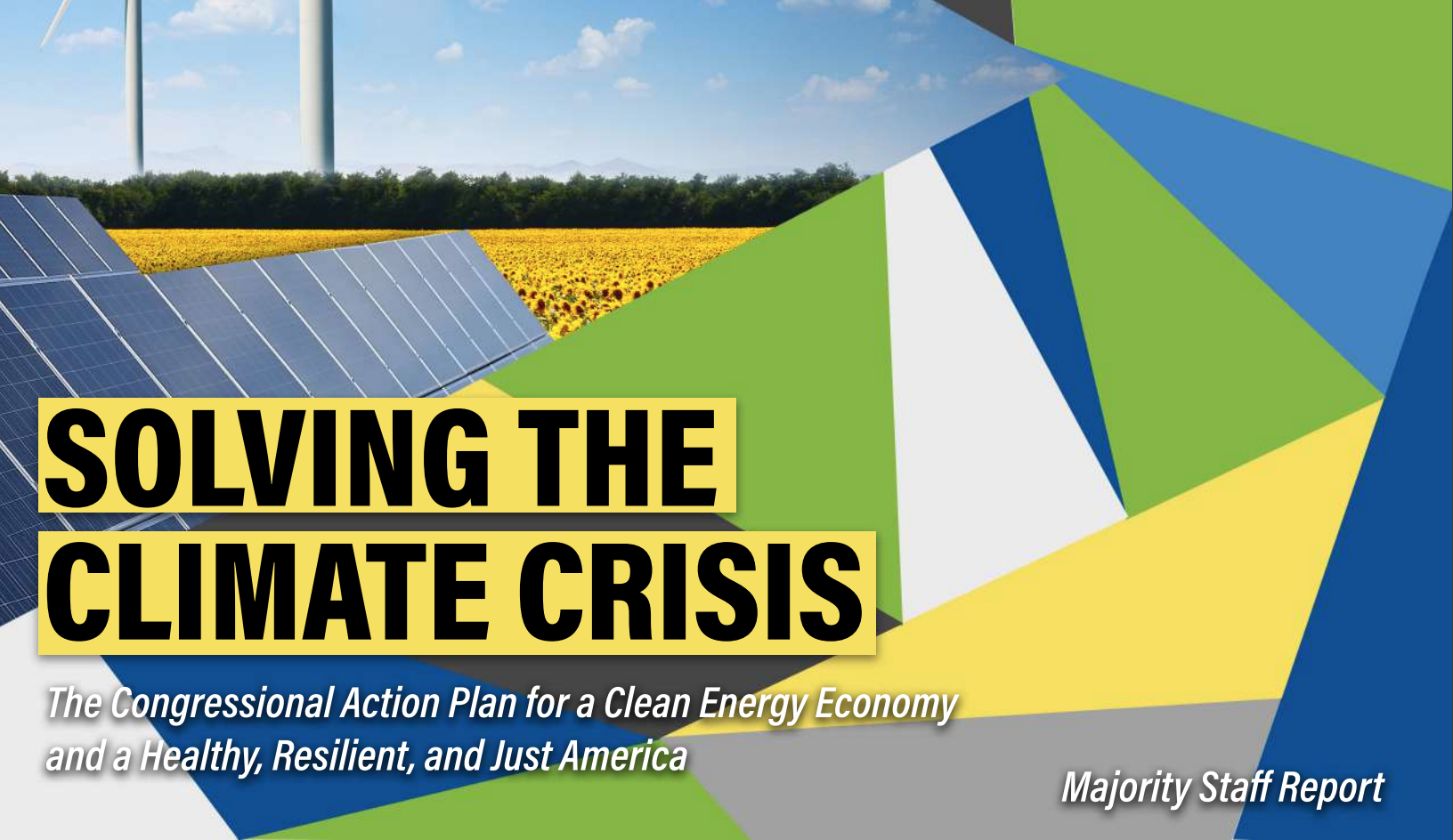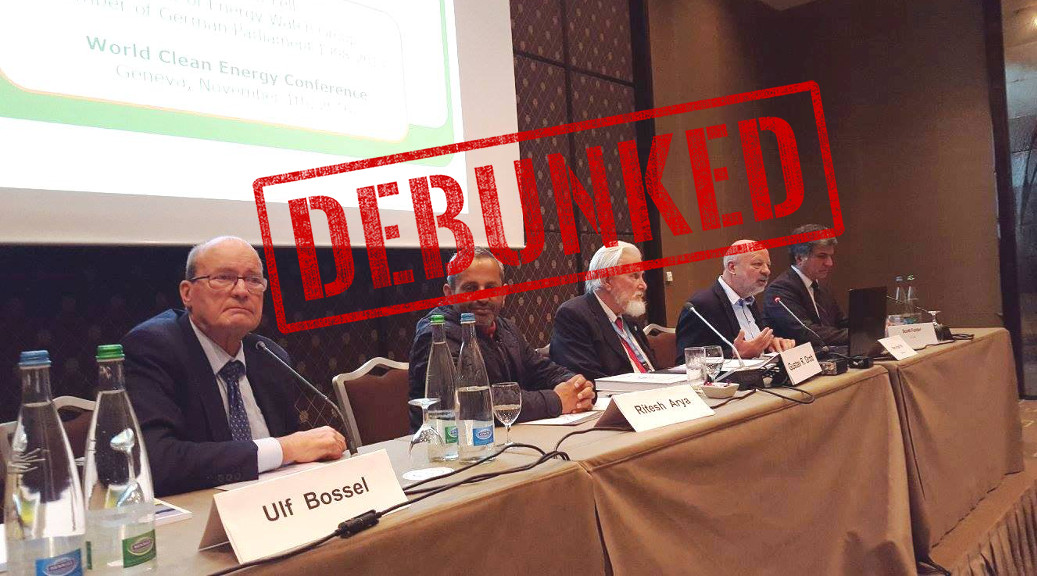Tag: solar energy
-

Solving the Climate Crisis – Document Review
The Select Committee on the Climate Crisis recently published (June 2020) a massive (547 page) & comprehensive report called “Solving the Climate Crisis”. The report was prepared by the Majority Committee Staff of the 116th US Congress pursuant to H.RES.6. RMP is a non-partisan organization and wanted to give a review of this report as…
-

USA Quarterly H2 Infrastructure Update 2018-Q1
H2 infrastructure is growing all across the USA and especially in California. New H2 stations are planned all across the East Coast too. RMP will now regularly be publishing a quarterly update of H2 infrastructure all across the USA to keep our readers informed of what’s going on. Check out our first ever USA H2…
-

Debunking Dr. Bossel’s Anti-Hydrogen Thesis
In this post RMP debunks Dr. Ulf Bossel’s anti-hydrogen thesis that has been propagated for years and was even published as recent as October 26, 2017 by Electrek. Dr. Bossel’s thesis says that making hydrogen is wasteful but ironically terawatt hours of electricity are being curtailed or wasted because we are not using that energy…
-

Michigan Petroleum Geology 101
Marathon Oil, a Houston Texas company, has recently purchased Encana’s (Calgary, Canada) leased acreage and producing wells in the Michigan Basin. Encana was given millions of gallons of Michigan freshwater to test the Collingwood shale and was permitted to use millions of gallons more. Their results, however, have not been economically viable for a for-profit…